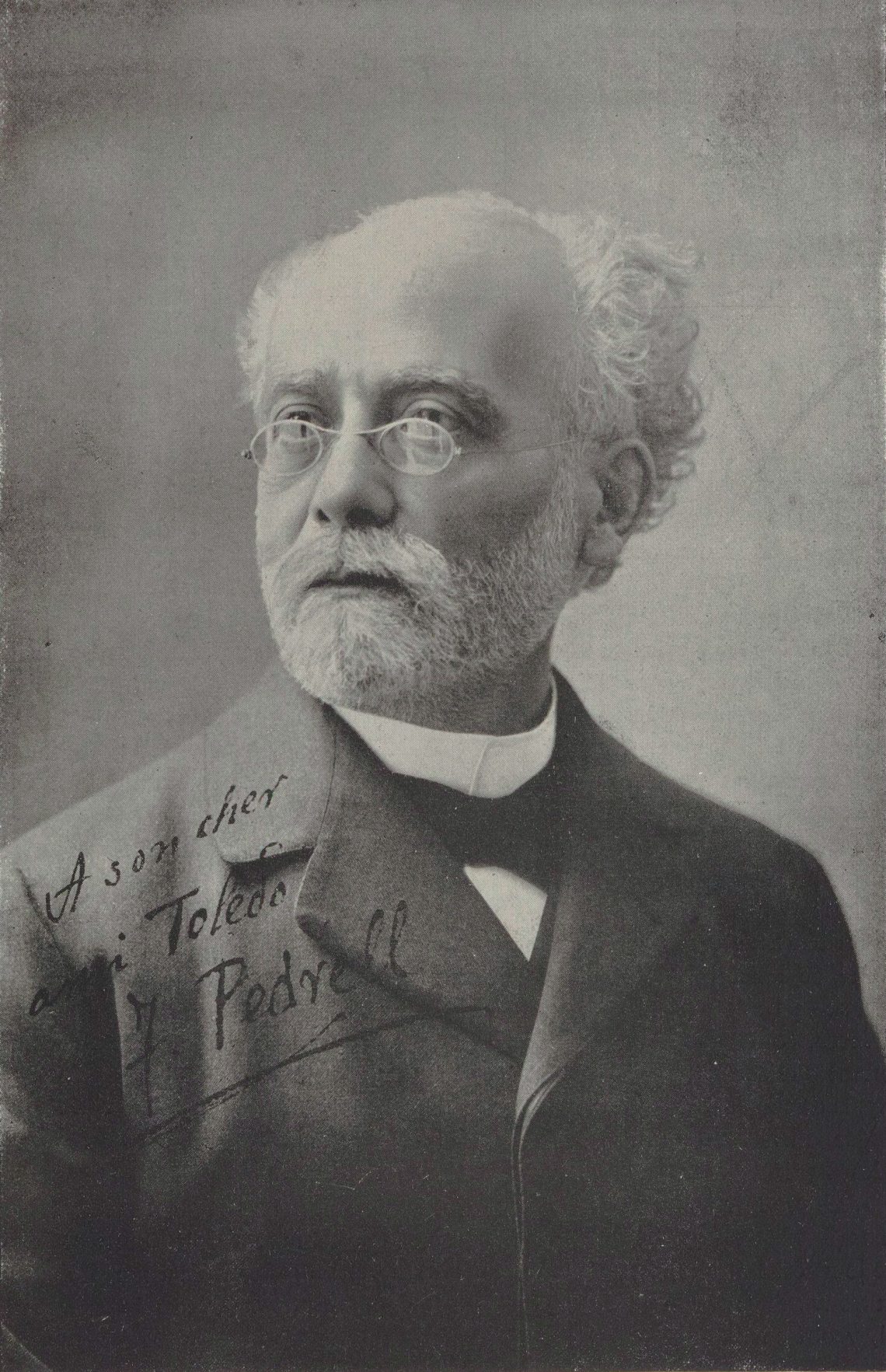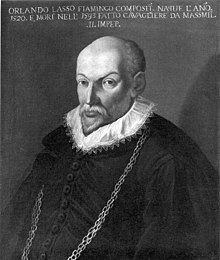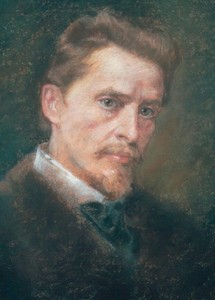
Felipe Pedrell |
Felipe Pedrell
Composer and musicologist, folklorist and music society. figure. Member King. Academy of Fine Arts (1894). Leading figure of Renacimiento. Muses. education received at hand. X. A. Nina i Serra, being a chorister in the Cathedral of Tortosa. Has been writing music since the age of 15; like music. the critic has been performing since 1867. In 1873-74 he was the 2nd conductor of the operetta troupe in Barcelona, where he worked later (1882-94 and 1904-22). He founded a publishing house for the publication of modern. sacred music and a weekly magazine. “Notas musicales y literarias” (both existed only for 1 year). In 1888-96 the editor of the main. to them the editions of the Ilustra-cion musical Hispano-Americana. In 1895-1903 he taught at the Madrid Conservatory and lectured at the Ateneo Hall. Among the students are I. Albeniz, E. Granados, M. de Falla. From 1904 he headed the publishing house “A. Vidal-and-Lemon. He entered the history of music as an organizer and ideological leader of the movement for the revival of the national. muses: cultures, the program of which he outlined in the manifesto “For Our Music” (“Horn nuestra musica” – a preface to the opera trilogy “Pyrenees”, 1891, not completed). Developing the ideas of Spanish. musicologist of the 18th century A. Eximeno, who considered Nar. song is the basis of music. arts. system of each people, P. saw the way of the revival of the Spanish. music in harmony combination of support muses. folklore with the development of nat. artistic traditions of the 16th-18th centuries. His publications of Op. A. Cabeson, T. L. de Victoria, K. Morales in Sat. “Spanish School of Sacred Music” (“Hispaniae schola musicae sacrae”, t. 1-8, 1894-96) and “Anthologies of classical Spanish organists” (“Antologia de organistes clásicos espaсoles”, t. 1-2, 1908), complete . coll. op. T. L. de Victoria (vols. 1-8, 1902-12). Harmonization of melodies in the compiled P. Sat. nar. Spanish songs of the 13th-18th centuries. (“Cancionero musical popular espaсol”, vols. 1-4, 1918-22) are distinguished by the depth of penetration into the essence of the national. music folklore. He sought through the development of the heritage of the Spanish. classics of the 16th century. and use of Nar. melodies as the basis of music. creativity to raise prof. nat. music to the level of advanced European. composing schools, among which he especially highly appreciated the Russian one (he considered it a role model in relation to the creative use of musical folklore and the expression of national character). In contrast to the representatives of the so-called. regionalism, limited to simple citation of people. melodies and who did not own modern. tech. methods of writing, P. called for the deep development of the hidden in the Nar. melose harmonica. and modal originality. He associated the solution of this problem with the mastery of the modern. means of expressiveness, the introduction of the achievements of the latest schools decomp. countries. For the first time with the work of P. Rus. Ts. A. Cui introduced the musicians, to-ry he placed in the journal. “Artist” (1894, No 41) of his “Song of the Star” from the opera “Pyrenees” and praised the composer’s work. P. published an article about the Spanish. music in Russia (gaz. “La Vanguardia”, 1910) and an essay on M. I. Glinka in Granada (Russian translation in the collection: M. I. Glinka, M., 1958, pp. 106-108).
Compositions: operas – Quasimodo (after V. Hugo, 1875, Barcelona), Mazepa (1881, Madrid), Cleopatra (1881, Madrid) Tasso in Ferrara (Il Tasso a Ferrara, 1881, Madrid), Pyrenees (Els Pireneus, 1902, t- r Lyceum, Barcelona; 3 dramas with a prologue), Marginal (1905, Barcelona; revised from a cantata); zarzuela – Luc-Lac (Lluch-Llach), He and she (Elis y elles), Truth and lies (La vertitad y la mentida), Guard (La guardiola); for soloists, choir and orchestra. — mass, requiem, Stabat Mater; chamber-instr. ensembles – strings. quartet (1878), strings. the Galliard Quintet (1879); op. for fp.; song including the cycles of the Night of Spain (Noches de Espaça, 1871), Spring (La primavera, 12 songs, 1880), Andalusian winds (Aires andaluces, 1889), Smells of the earth (Aires de la tierra, 1889).
Literary works: Musical grammar, Barcelona, 1872; The ancient and modern Spanish musicians in his books, Barcelona, 1881; Technical dictionary of music, Barcelona, 1894; Biographical and bibliographical dictionary of ancient and modern Spanish, Portuguese and Spanish-American musicians and music writers, Barcelona, 1894-97; Spanish lyrical theater prior to the 1th century, T. 5-1897, La Corufla, 98-1902; Instrumentation preparatory practices, Barcelona, 1908; Documents pour ser а l’histoire des origines du Thйвtre musical, P., 1906; The popular Catalan song, Barcelona, 1906; Musicians, Valencia, 1; Barcelona Gatаlech of the Musical Library of the Disputacio de Barcelona, v. 2-1908, Barcelona, 09-1910; Contemporary musicians and other times, P., 1911; Days of art, P., 1911; Orientations, P., 1920; PA Eximeno, Madrid, XNUMX.
References: Kuznetsov K., From the history of Spanish music, “SM”, 1936, No 11; his, From the history of Spanish music. Etudes 3-5, “Music”, 1937, No 23, 29, 32; Ossovsky A., Essay on the history of Spanish musical culture, in his book: Izbr. articles, memoirs, L., 1961, p. 227-88; Faila M., Felipe Pedrell, “RM”, 1, Febr. (Russian translation – Falla M. de, Felipe Pedrel, in his book: Articles about music and musicians, M., 1923); Mitjana y Gordon R., La musica contemporanea en Espaça y Felipe Pedrell, Mblaga – Madrid, 1971; Al Maestro Pedrell. Escritos heortásticos, Tortosa, 1901; Angles H., La musica espafiola, desde la edad media hasta nuestras dias. Catalogo de la exposicion historica celebrada en commemoración del primer centenarlo del nacimiento del maestro Felipe Pedrell, 1911 Mayo – 18 Junio 25, Barcelona, 1941.
MA Weissboard





